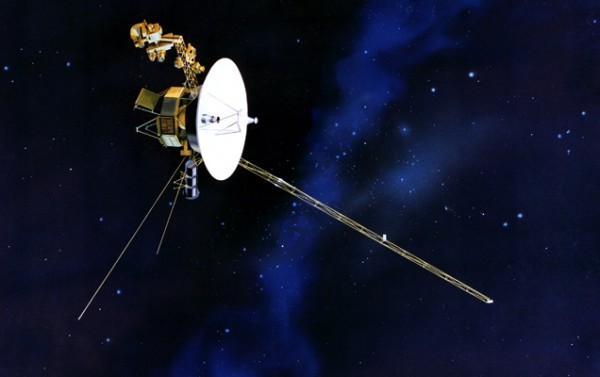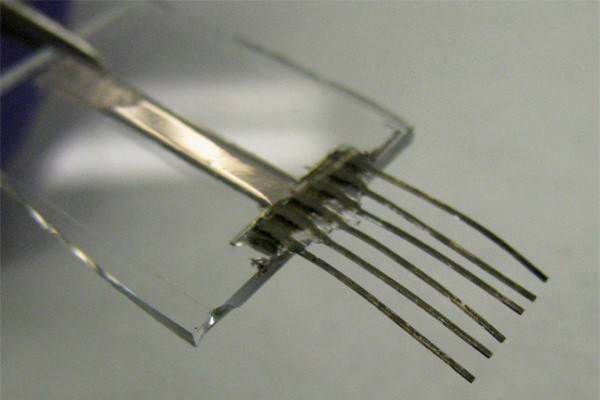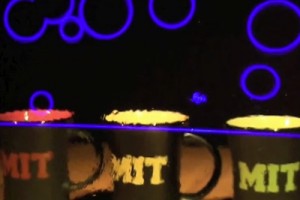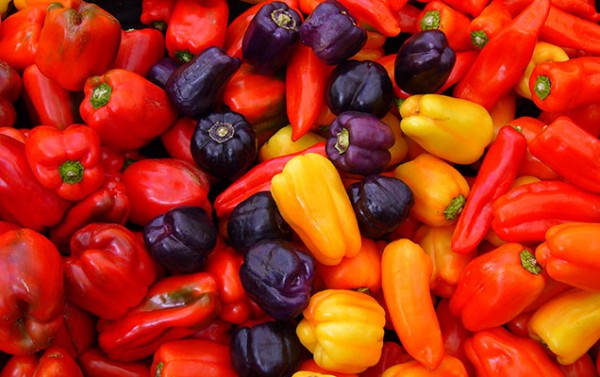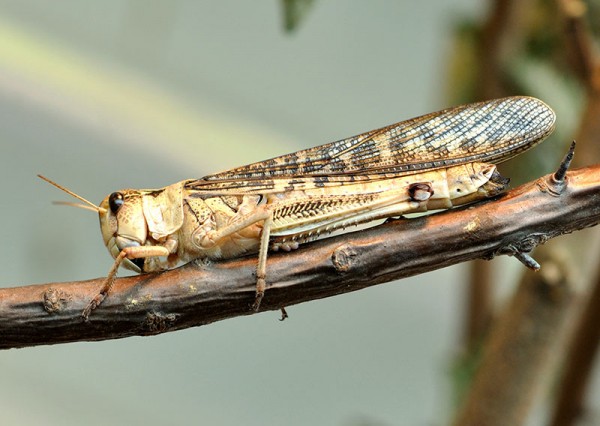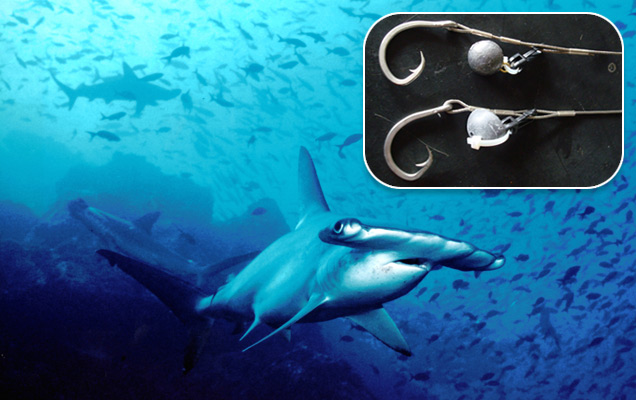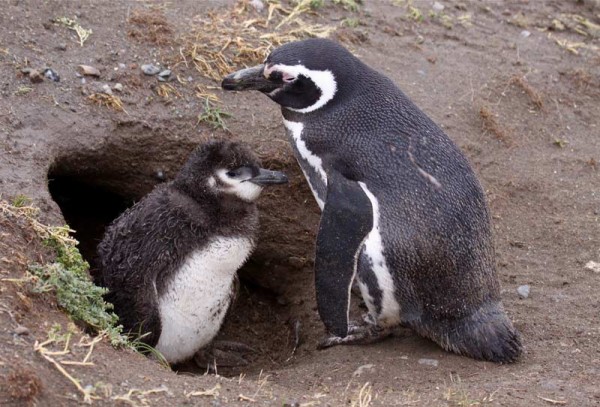
Changing Climate Kills Magellanic Penguin Chicks
Science, January 2014A mother Magellanic penguin pants doglike in the afternoon heat, shading her newborn chick from the hot sun. But it’s not enough. The chick’s thick downy coat isn’t designed for the heat, and its efforts to stretch out its wings and neck to cool off don’t work. Despite the mother’s best efforts, the youngster dies.
